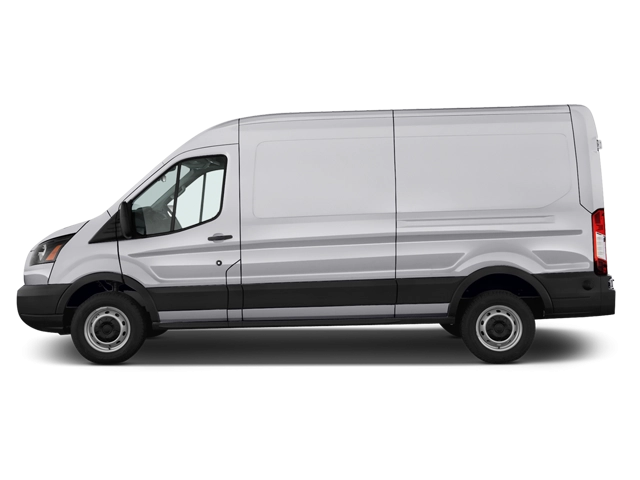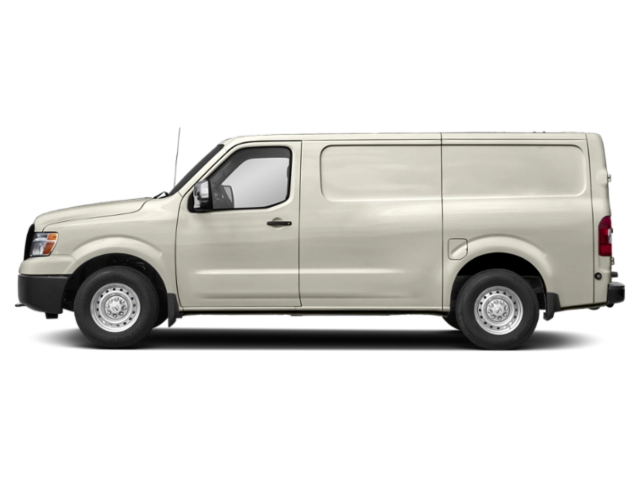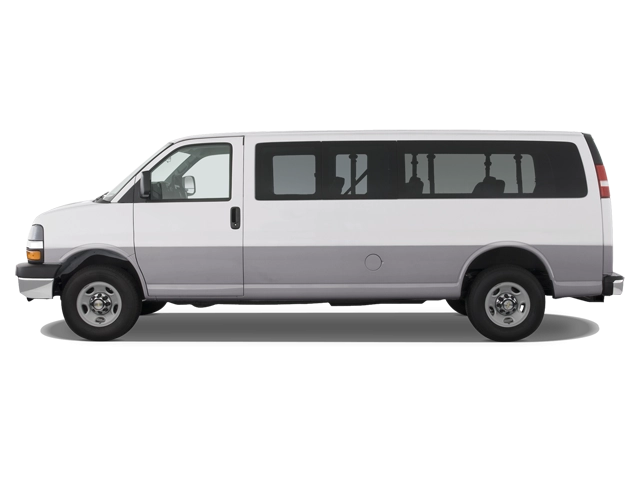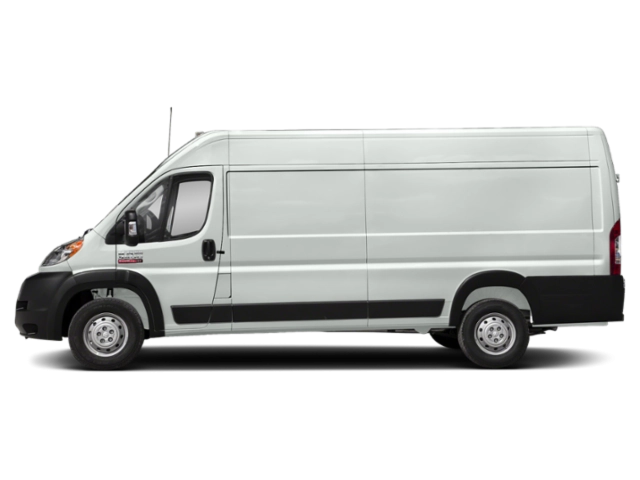Ford Transit owners manuals

(owner manual)

(owner manual)

(owner manual)

(owner manual)

(owner manual)

(owner manual)

(owner manual)

(owner manual)

(owner manual)

(owner manual)

Ford Transit specs
Owner Manual
Ford Transit owner manual is a very critical tool that will give you all the details on your car. It contains comprehensive operation, maintenance and safety guidelines to help you maximize on your Transit. Information on the features of your particular model including the set up instructions of both standard and optional features will be available to you. The manual also takes you through the process of troubleshooting the common problems, warranty details, and even gives a schedule on the maintenance to ensure that your vehicle is in the best states.
Model Overview
The Ford Transit is a multi-purpose and realistic vehicle, which can be used in different commercial and personal purposes. It has flexible cargo space and seating options with different specs available, such as cargo vans, passenger vans, and chassis cab. The product line is packed with various versions of engines, generally with a high performing yet fuel saving V6 configuration to enable the users to select depending on their performance requirement. The passenger and cargo area is spacious enough and has great features of technology that helps to improve the connectivity and comfort.
Trims
Ford Transit is available in various trims, which address the needs and preferences of different people. The XL base trim provides the typical features such as primitive technology and safety package. The next trim level is the "XLT level which includes additional comfort and convenience features, including improved infotainment systems and improved upholstery. In case of people who want to obtain a higher-quality experience, the "Titanium" trim will offer itself as the luxury trim with advanced technologies, quality of material and extra driver-assistance features. All trim lines enable the customers to have some level of customization where they are guaranteed to find their own version of the Transit that fits perfectly in their lifestyle and business needs.
Know Problems
Although the Ford Transit is a reliable vehicle by all mostly, there are frequent problems reported by some of the owners. A few of them are electrical related problems, including problems with battery, starter, or alternator. Also, there may be problems with transmission especially when the vehicle is over-towed or loaded. There is also a possible suspension issue which is reported to occur by the owners primarily because of harsh driving conditions. These areas should be followed up and actions taken in case of any suspicious signs as soon as possible to ensure no harm to the performance and safety.
Maintenance Tips
It is essential to maintain your Ford Transit properly in order to make sure that it can last long and perform efficiently. To start with, it is important that you adhere to your maintenance schedule as stipulated in your owner manual such as changing your oil filters and changing your oil. Always check the tires to ensure that they are not worn, and the air pressures are appropriate to enhance fuel economy and handling. Besides, it is also important to check fluid levels regularly such as coolant fluid, brake fluid, and others to eliminate possible problems. Lastly, ensure that your vehicle is always clean to avoid rust and corrosion especially the body and undercarriage. Majority of minor issues can be detected by having regular check ups at a certified service center hence, solved before they escalate to major issues.
FAQs
Q: What should be my regular oil change schedule of my Ford Transit?
A: As a rule, one should replace the oil every 5,000 to 7,500 miles, however, depending on the type of the engine and conditions on the road, consult your owner manual.
Q: How to reset my check engine lights?
A: When the check engine light comes on, refer to your owner manual on how to start your initial troubleshooting and seek the services of a certified mechanic to perform diagnostic check on your vehicle.
Q: Can Ford Transit be used when driving off-road?
A: Although the Ford Transit is built to operate mainly on the road, some of its models such as the AWD ones are able to cope with a low level of off-road but not rough terrain.
Ford Transit PDF owner manual
Ford Transit competitors
Ford Transit Manual Questions
Fill the form below and someone will help you!



